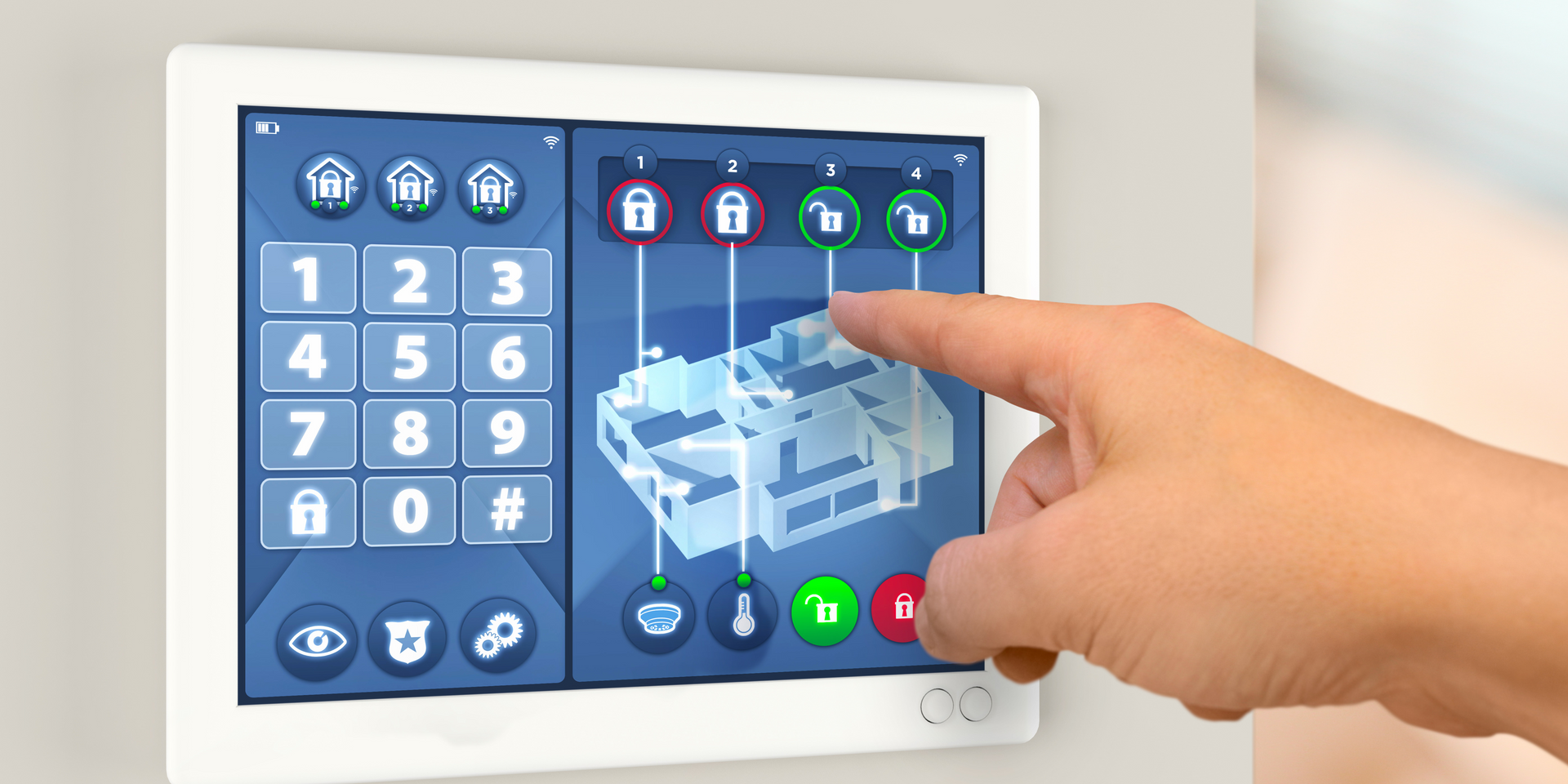What Are The 3 Main Types Of Alarms?
Alarms are essential tools that help keep homes, businesses, and other properties safe from various hazards. Whether it’s preventing burglaries, alerting you to fires, or detecting dangerous gases, alarms are designed to provide early warnings and keep you secure. So,
which are the standards for alarm management
These are burglar alarms, fire alarms, and carbon monoxide alarms. Each one is designed to address a specific threat, helping protect lives and property. In this article, we’ll explore these three main types of alarms in detail, focusing on their functions, the signals they produce, and why they’re crucial for safety.

What Are the 3 Main Types of Alarms?
Alarms come in various forms, each designed to address specific risks. The three main types of alarms are:
- Burglar Alarms – These are primarily used to detect unauthorized entry into a building. They typically trigger loud sirens or other alerts when motion is detected or a door or window is opened. Burglar alarms are essential in providing real-time alerts about intruders, helping to prevent theft or vandalism.
- Fire Alarms – Fire alarm systems are designed to detect smoke or heat, alerting individuals to evacuate and take action before a fire spreads. These systems are crucial in saving lives and minimizing property damage. They can range from simple smoke detectors to more complex systems integrated into building infrastructure.
- Carbon Monoxide Alarms – These alarms detect the presence of carbon monoxide, a colorless, odorless gas that can be deadly. They are especially important in homes with fuel-burning appliances or areas with poor ventilation. A carbon monoxide alarm can provide early warnings, allowing people to escape potential harm.
Each type of alarm system serves a unique purpose, ensuring that specific hazards are detected and dealt with quickly and efficiently.
What Are the Three Alarm Signals?
Different alarms produce different signals, depending on the type of threat they are designed to detect. Let’s explore the various types of alarm sounds commonly associated with different alarm systems:
- Continuous Alarm Signal – This sound is most commonly heard in fire alarms. It is typically a loud, continuous siren that signals a potential fire hazard. This sound demands immediate attention and action, often prompting people to evacuate the area.
- Intermittent Alarm Signal – Commonly used in burglar alarms, the intermittent or pulsing sound indicates a breach of security. It usually signals that someone has entered a restricted area, and it may also be accompanied by flashing lights or additional security measures to deter intruders.
- Voice Alerts – Some modern alarm systems, especially those used for carbon monoxide detection, use voice alerts to provide specific instructions or warnings. For example, a voice alert might say, "Warning, carbon monoxide detected," helping to avoid confusion during an emergency situation.
Understanding the different alarm signals can help you respond quickly in case of an emergency, reducing the chances of panic or delayed action.

What Is the Most Common Type of Fire Alarm System?
Among various types of alarm systems, fire alarms are essential in any building. The most common type of fire alarm system includes:
- Smoke Detectors – These are the most basic and widely used type of fire alarm system. They detect smoke particles in the air and trigger an alert to warn people of a potential fire.
- Heat Detectors – These alarms detect a rapid increase in temperature, signaling the potential presence of a fire. While they are less sensitive than smoke detectors, they can be effective in areas where smoke detectors might give false alarms (like kitchens or garages).
- Combination Systems – These advanced systems combine both smoke and heat detection to increase the likelihood of early fire detection.
In addition to these basic systems, more sophisticated fire alarm systems may include integrated systems that alert emergency services directly or can be linked to a building's central control panel for automatic response.
Seven Types of Alarm Systems
In addition to the three main types of alarms (burglar, fire, and carbon monoxide), there are other specialized alarm systems. Here are seven types of alarm systems commonly found in different settings:
- Intruder Alarm Systems – These are designed to detect unauthorized access and can include motion detectors, door/window sensors, and glass break detectors.
- Video Surveillance Systems – Often combined with security alarms, video surveillance systems allow real-time monitoring of premises through cameras.
- Flood Alarms – These alarms detect water levels, alerting people to potential flooding hazards, especially useful in flood-prone areas.
- Temperature Alarms – These systems monitor temperature fluctuations to protect sensitive equipment or facilities, such as server rooms or warehouses storing perishable goods.
- Vibration Detectors – These alarms are used to detect vibrations or movements, often used to protect valuable equipment or high-risk areas like safes.
- Panic Alarms – Designed to provide immediate alerts in emergency situations, panic alarms can be activated discreetly by pressing a button in situations like medical emergencies or personal threats.
- Gas Leak Alarms – These alarms detect the presence of dangerous gases like natural gas or propane, helping to prevent explosions and poisoning.

What Is a Category 3 Alarm?
Category 3 alarms are often used in fire alarm systems to describe alarms that are part of more advanced, critical protection systems. A Category 3 alarm typically refers to a fire alarm system with enhanced features, such as automatic triggering, integration with other emergency systems, and advanced monitoring capabilities. These alarms are often seen in large commercial buildings, hospitals, or any facility that requires a more robust and reliable fire detection system.
These alarms are generally required by law in certain high-risk environments to ensure the utmost safety of everyone within the premises. A Category 3 alarm often includes features like backup power systems, direct notifications to emergency responders, and the ability to monitor multiple locations from a central command center.
Conclusion
In summary, understanding the different types of alarms is crucial for ensuring safety in both residential and commercial settings. Whether it’s a burglar alarm, fire alarm, or carbon monoxide detector, each system plays an essential role in protecting lives and property. By familiarizing yourself with the three main types of alarms and the different signals they produce, you can better prepare for emergencies and respond effectively.
If you're considering upgrading your alarm system, it’s important to choose the right type for your specific needs. contact us today!
You might also like



